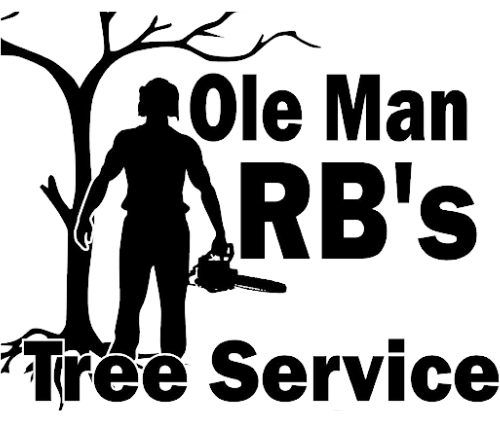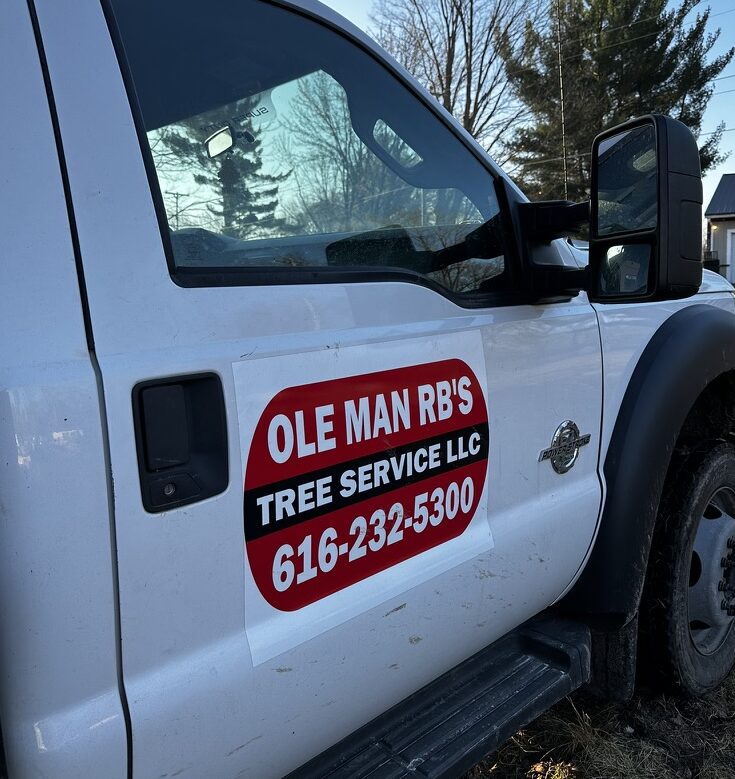Trees are valuable additions to any property—providing shade, beauty, and even added home value. But the very roots that anchor and nourish those trees can become hidden threats when they grow beneath driveways, sewer lines, and foundations. In Michigan’s variable climate, roots expand in spring and contract in winter, creating a cycle of pressure and heaving that can spell trouble for your property. This guide breaks down what you need to know about root intrusion and offers concrete steps to safeguard your driveway, pipes, and foundation.
What Is Root Intrusion?
Root intrusion occurs when a tree’s root system spreads beyond its canopy in search of water and nutrients, encountering and invading man-made structures. Unlike surface roots—those you can visibly see—deep, underground roots can crack concrete, crush pipes, and undermine soil support without any visible warning until damage is under way.
Key drivers of root intrusion:
- Moisture gradients: Roots seek moisture, spreading toward water sources such as leaking pipes or the natural runoff beneath driveways.
- Soil compaction: Dense or compacted soil forces roots laterally, leading them to crawl beneath slabs and pipes.
- Species characteristics: Fast-growing species like silver maple, willow, and poplar are notorious for aggressive root systems.
How Driveways Succumb to Roots
Cracks, heaves, and uneven surfaces in driveways aren’t just cosmetic—they create tripping hazards, damage vehicles, and accelerate deterioration. Here’s how roots do their damage:
- Lifting and Heaving: As roots grow in diameter, they apply upward pressure to concrete slabs. Over time, segments of your driveway will lift unevenly.
- Crack Infiltration: Fine roots exploit existing hairline cracks, widening them and allowing water to pool, which further weakens the slab during freeze-thaw cycles.
- Soil Erosion: Roots draw moisture from soil under the driveway, leading to inconsistent soil density and settlement issues.
Action Steps:
- Inspect your driveway quarterly for new cracks or surface distortions.
- If you spot minor cracks (<¼” wide), fill them immediately with a flexible polyurethane sealant.
- For heaved sections over 1” high, consult a professional to determine whether slab replacement or root barriers are the better long-term solution.
When Pipes Become Root Highways
Underground pipes especially older clay or cast-iron sewer lines are a magnet for roots seeking moisture and nutrients. Roots can infiltrate joints or cracks, then proliferate inside pipes, causing blockages or full collapses.
Signs your sewer or water lines are compromised:
- Slow drains or frequent backups: Roots have formed an internal “root ball” restricting flow.
- Unexplained increases in water bills: Leaks caused by root breaches can waste hundreds of gallons before detection.
- Lush patches of grass: Excess moisture from a leaking pipe feeds turf growth directly above.
Preventive Measures:
- Install high-pressure cable cutters or use hydrojetting every 2–3 years to clear roots before they mature.
- Replace vulnerable pipe segments with PVC or HDPE material, which root-resistant and more flexible under soil movement.
- Consider a root barrier trench filled with gravel or specialized barrier panels installed at least 18–24 inches deep along the pipe path.
Foundations Under Siege
Perhaps the most critical damage roots can cause is to your home’s foundation. As roots grow and soil moisture varies, foundations can settle unevenly, leading to cracks, door/window misalignment, and structural integrity issues.
Mechanisms of damage:
- Soil Desiccation: Large trees can dry out clay soils, causing the ground to shrink and foundations to settle.
- Lateral Pressure: Roots growing against a basement wall or slab edge can push inward, creating horizontal cracks or bowing walls.
- Void Creation: When roots die and decompose, they leave voids that soil can collapse into, undermining support.
Foundation Protection Tips:
- Maintain a minimum 10- to 15-foot clearance between large trees and your home’s perimeter.
- Keep soil moisture consistent by using soaker hoses or automated irrigation zones around foundation beds aim for a steady 60–80% soil moisture level.
- Inspect your foundation annually; look for stair-step cracks in brickwork or vertical cracks wider than 1/8” in poured walls. Address any signs with an experienced structural engineer.
Long-Term Prevention Strategies
- Species Selection: When planting new trees, favor species with non-invasive root systems like redbud, serviceberry, or hawthorn—especially within 20 feet of structures.
- Root Barriers: Install vertical root barrier panels made of rigid PVC or polypropylene around driveways and foundations. These guide roots deeper rather than laterally.
- Regular Professional Inspections: Have a certified arborist evaluate tree health and root spread every 2–3 years. They can advise on pruning, root pruning, or potential tree removal.
- Soil Health Management: Aerate compacted areas to encourage deep root growth. Maintain organic mulch layers (2–4 inches) around trees to regulate soil moisture and temperature.
- Proactive Repairs: Address any early signs of intrusion—small cracks, minor soil settlement, or damp patches—before they escalate into costly emergencies.
Conclusion & Next Steps
Root intrusion doesn’t have to jeopardize your property’s value or safety. By understanding how roots interact with driveways, pipes, and foundations and by implementing targeted prevention measures you can protect your investment and enjoy the benefits of healthy, mature trees without the stress of unexpected repairs.
At Ole Man RB’s Tree Service, we specialize in comprehensive root management solutions—from barrier installation and precision root pruning to full-service tree removal when necessary. Ready to secure your driveway, pipes, and foundation against root damage? Request a free site assessment today and let our certified arborists design a customized protection plan for your Michigan home.



Hi there to all, for the reason that I am genuinely keen of reading this website’s post to be updated on a regular basis. It carries pleasant stuff.